Jun 18, 2025
Author:Lisa Martinez
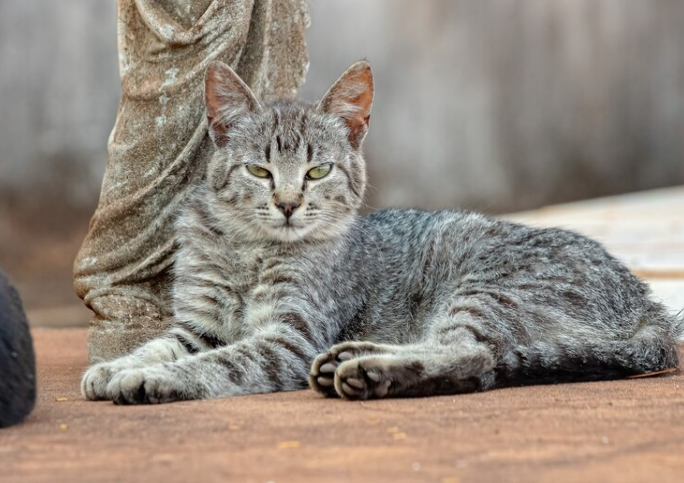
Some cats look wild, but live a soft life. The Pixie Bob Cat walks that tightrope. Stocky build. Short tail. Tufted ears. It looks like a bobcat, but it’s 100% domestic. That contrast throws people off. And that’s where most first-time owners go wrong. They either treat it like a rugged outdoor hunter... or like a standard housecat. Both approaches fail.
This breed needs structure. Attention. Smart feeding, smart play, and smarter boundaries. It bonds hard and gets bored fast. So if you're not prepared, you’ll notice fast: mischief, weight gain, furniture damage, or worse—emotional shutdown.
This guide lays out exactly how to care for a Pixie Bob Cat in 2025—no fluff, no filler. Everything you need, nothing you don’t:
● Daily care routines (feeding, grooming, sleep zones)
● Exercise & enrichment strategies that burn energy and build bonds
● Behavioral quirks to spot early—and how to respond
● Feeding tips to manage weight and maintain health
You’re not raising a wild animal. But you are living with one that needs its own rulebook. This is it.
Let’s break it down into three critical zones: feeding, grooming, and rest. Each requires intention—nothing overly complex, but nothing passive either.
Pixie Bobs gain weight fast if you let meals get sloppy. Their build tricks people—looks bulky, so you give more. But they don’t need more. What they actually need is structure. Predictable, portioned, no guesswork.
That’s where something like the WOpet Pioneer Plus WiFi Automatic Pet Feeder with Camera makes life easier. You set the feeding times, lock in exact portions, and check in from wherever. HD camera shows what’s going on. Late at work? Still handled.
Free-pour feeding? Skip it. Stick to two or three fixed times a day and adjust as needed based on how they’re trending—weight-wise and vet-wise. Keep the protein clean. Avoid kibble packed with filler that adds nothing but calories.
These cats aren’t high-maintenance fluffballs, but they still shed. Brush them twice a week. That’s all it takes to knock down dander and keep mats in check. Use a stiffer brush on the body, gentler tools for the tail and ears. And fur isn’t the whole picture. Nails, ears, even where they scratch—it all matters. A solid setup like WOpet’s Scratching Posts for Cats gives them a legit outlet. Stretch, mark, scratch, repeat—without wrecking furniture.
Clean their paws once a week, especially if they step outdoors or drag litter across textured mats. Use pet-safe wipes. It’s a small thing that keeps bacteria and grime from building up on their coat.
Pixie Bobs aren’t crash-wherever sleepers. They want their spots. Make sure they’ve got one—quiet, slightly raised, away from busy paths. Enclosed but not boxed in. Think soft perches, window ledges, or a bed with walls. Don’t keep moving it around. That kind of inconsistency messes with their rhythm. Once they feel safe in a place, they’ll keep going back. Just keep it clean, don’t spray it with strong scents, and leave it alone.
Set up these zones right, and the day flows better for them and for you. Less pacing. Less acting out. You get a cat that settles into the rhythm. Eat. Groom. Nap. Repeat.
Pixie Bob cats aren’t sedentary by nature. Their muscular build and strong instincts demand physical outlets and problem-solving challenges. Ignoring those needs doesn’t lead to a calm cat—it creates frustration. Scratched walls. Sudden aggression. Destructive chewing. All of it is avoidable when energy gets channeled the right way.
● Structured Play That Mimics the Hunt: Quick sprints, sudden stops, quiet stalking—these cats play like hunters. So, aim for toys and routines that activate those same movement patterns. Use wand toys with unpredictable movement. Keep sessions short—about 10 to 15 minutes—but consistent. Twice a day works for most indoor Pixie Bobs. Rotate toys weekly to prevent boredom. Stick with interactive types that require your presence, especially during bonding windows in the early evening or early morning. Cat tunnels and climbing towers also support this play style. They encourage exploration, vertical movement, and hiding—all part of how this breed processes its environment.
● Solo Enrichment When You’re Not Around: Pixie Bobs left idle will fill the silence with their own activity. Give them better options. Use puzzle feeders, hidden treats, or mechanical toys with motion sensors. These create delayed gratification, trigger critical thinking, and slow down pacing behaviors. Scatter activities throughout your space—not clustered in one corner—so your cat explores naturally during the day. Auditory enrichment works too. Low-volume nature sounds or soft background noise can reduce stress and boost engagement when you're out.
● Strengthen the Bond With Targeted Training: These cats can learn commands. Not tricks—commands. Sit. Wait. Come. They respect structure, and that opens the door for short, targeted training sessions. Use clicker techniques or verbal cues paired with a treat. Start with basic commands that tie into daily routines. Reward calm behavior. Reinforce positive attention-seeking. Never force participation, but always end on a win, even if it’s small.
This isn’t about obedience. It’s about relationship building. Each session gives your cat structure, attention, and mental stimulation—three things they crave more than people assume.
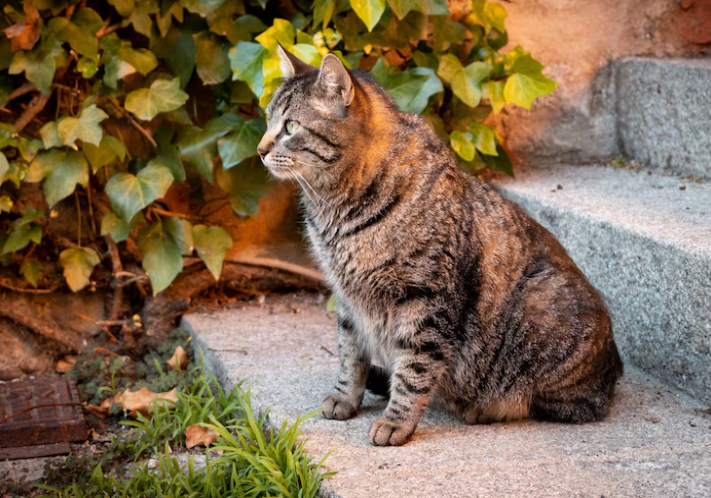
Let's move on to what tends to show up most in those first few months:
Behavioral Quirks Worth Watching
● Persistent vocalization: Pixie Bobs aren’t loud, but they do talk. Constant chirping, trilling, or low growling can indicate need, attention-seeking, or irritation.
● Territorial pacing or rubbing: This breed often marks its comfort zones, not with urine, but by rubbing its cheeks or circling key areas like doorways or food spots.
● Sudden standoffishness after bonding: A Pixie Bob may form a tight bond, then unexpectedly distance itself. This isn’t a trust issue—it’s overstimulation. They retreat to recharge.
● Staring without blinking: This is not aggression. It's focus. Pixie Bobs often assess situations in silence, especially before pouncing or testing boundaries.
● Aggressive bursts during play: Soft biting or rough pouncing mid-play is common. It’s not true aggression but a sign that the play session has tipped too far.
● Furniture scratching in new areas: When new stimuli show up (guests, smells, pets), scratching may spike. It’s not destruction—it’s an emotional reset.
How to Respond When These Behaviors Surface?
Don’t meet energy with energy. Most behavioral quirks resolve through redirection and consistent structure, not correction.
● For vocalization, wait for silence, then reward. Speaking over or back to them reinforces noise. Reward the calm, not the chaos.
● For rubbing or pacing, don't interrupt. Add structure by giving those areas purpose—a scratching post or perch nearby strengthens the territory cue.
● For emotional withdrawal, allow space. Don’t follow or hover. Check the environment for overstimulating factors—lights, scent changes, or noise spikes.
● For focused staring, introduce an activity rather than touch. Toss a soft toy or lead them into light play to shift their attention.
● For rough play, shorten future sessions and introduce breaks. One-minute cool-downs teach boundaries better than punishment.
● For increased scratching, place vertical or angled scratch tools near the trigger zone. Scent those tools with catnip to shift the habit.
Each quirk has a root. Once you identify the pattern, you shape the outcome. Pixie Bobs don’t respond to force, but they do respond to clarity.
Pixie Bobs carry weight weirdly. Muscular, broad, dense—it’s easy to miss when they start putting on extra. You won’t always catch it by sight. That’s why feeding isn’t about how much goes in. It’s about keeping things steady, deliberate, and smart.
If the routine’s messy or the food’s too rich? The weight creeps. Slowly, yes—but it shows. Less jumping. More sluggish pacing. Even their grooming shifts. Tight, repetitive movements instead of full-body stretches. Keeping their meals consistent keeps everything else working too—joints, mood, and mobility.
● Stick to a Set Schedule, No Gaps: Twice a day works. Morning. Evening. Keep it 10 to 12 hours apart and hold the timing, even on slow days. Don’t leave food out. Grazing leads to guessing. Guessing turns into overeating. That’s how problems start.
● Prioritize Protein, Don’t Overload: They’re built for meat, not filler. Stick with food that lists real animal protein first. Short labels win here. If your cat’s more of a lounger, go with a moderate-fat option. More active? You can afford higher energy density, but portion it out. Every time.
● Feed for Age, Not Just Size: Kittens need more. Three meals a day usually work while they grow. Seniors? Less food, but with extras—stuff that supports joints and keeps inflammation down. Do a hands-on check monthly. Feel the ribs and hips. You should touch the structure without digging. If it’s padded over, tweak the diet.
● Treats? Keep Them Tight: 10% of their daily calories, tops. Save them for moments that matter—training, distraction, praise. Don’t hand them out casually. And whatever you do, don’t forget to subtract them from meal portions. That’s how silent weight gain sneaks in.
Feeding isn’t mechanical. It’s communication. Get it right, and your cat feels safe. Secure. Seen. It’s structure they rely on—even if they act like they’re in charge.
Get the care part right, and everything starts to shift. Mornings feel quieter. Nights don’t drag with weird pacing or random outbursts. You’re not guessing anymore—feeding gets tight, predictable. Energy doesn’t bottle up; it moves. And over time, all those small habits? They turn into trust.
You’ll stop guessing. You’ll stop patching over problems that never needed to form. Small shifts—like controlling portions, syncing play with natural rhythms, or catching stress cues early—translate into real outcomes:
● Weight stays steady without crash diets or confusion
● Furniture damage drops because scratching gets redirected
● Vocal outbursts fade as routines give them clarity
● Play sessions work with their instincts, not against them
● Training gains traction fast, because you’re reading them right
● You get a pet that engages, not just exists in the room
When daily care is predictable and responsive, Pixie Bobs relax. They start to show off their full personality—confident, intelligent, and totally in sync with the household.
WOpet helps you lock in that rhythm. Feeding, observing, adjusting—it all gets easier when smart tools handle the background. You keep the connection. WOpet handles the rest.
Label:
Popular Post

What to Feed a Sick Dog With No Appetite? [2025 Guide]
May 16, 2023
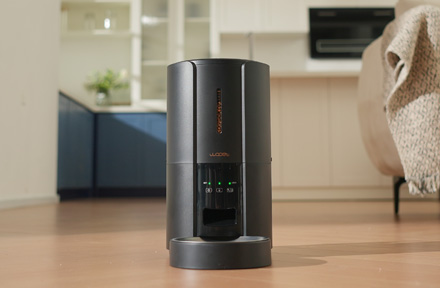
Troubleshooting Common Issues with Automatic Pet Feeders: Tips & Tricks for Pet Owners
Oct 26, 2023
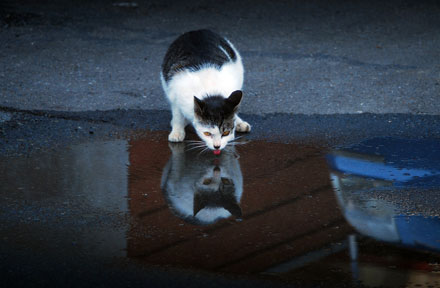
Why Does My Cat Cough After Drinking Water? 8 Potential Reasons
Mar 13, 2023
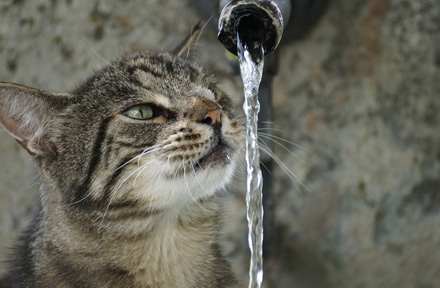
Why is My Cat Throwing up Water? Top 5 Causes Here
Feb 08, 2023
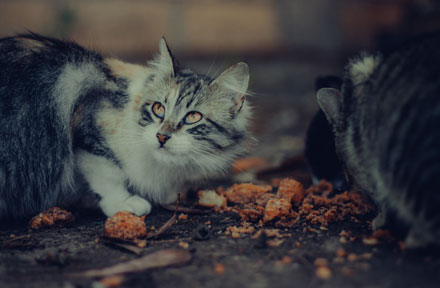
My Cat Only Eats A Little at A Time - What to Do?
Feb 27, 2023
$99.99
$129.99
Copyright © 2025 WOPET. All Rights Reserved.